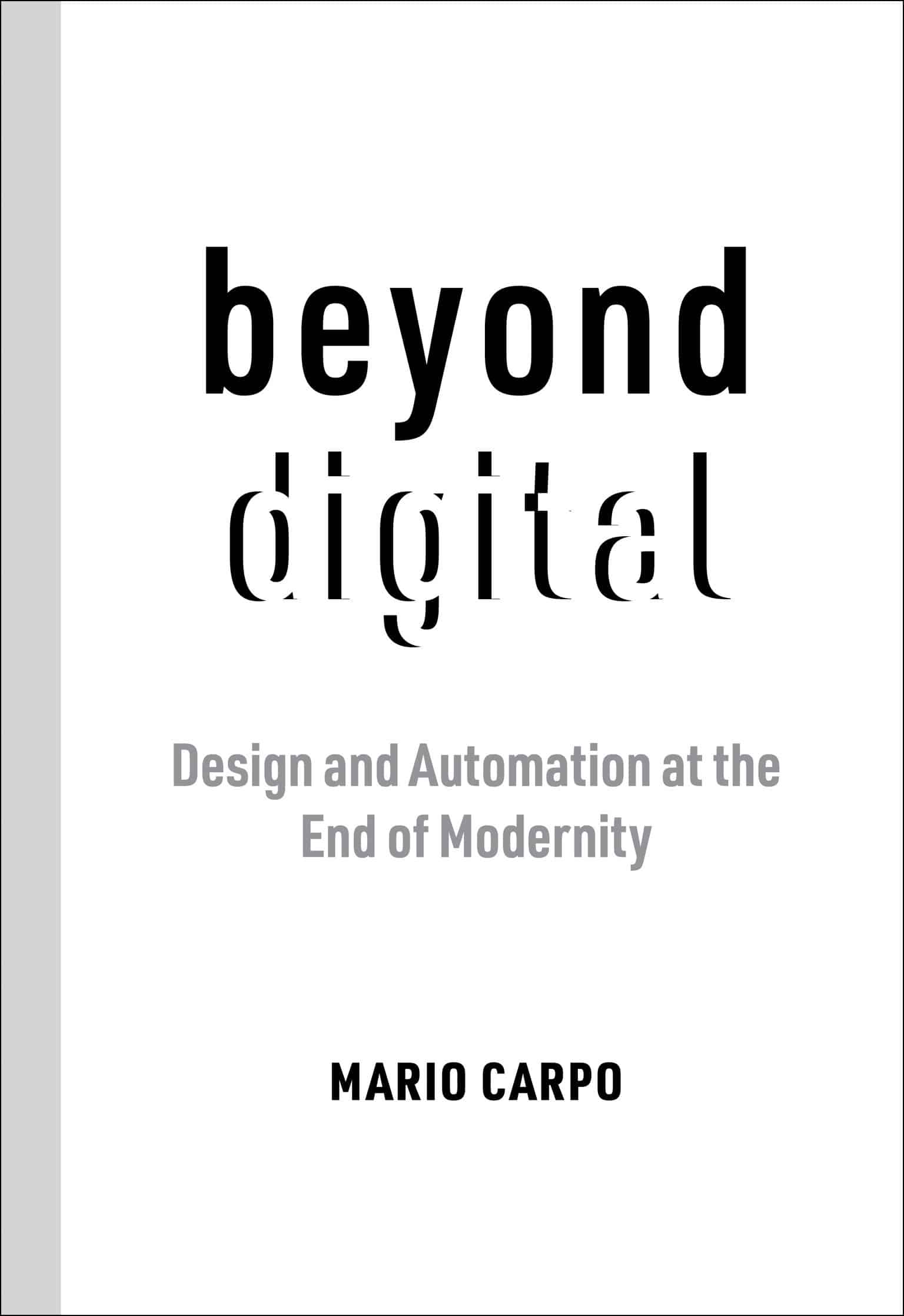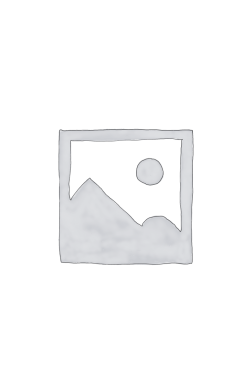Beyond Digital: Design and Automation at the End of Modernity
23.00 JOD
Please allow 2 – 5 weeks for delivery of this item
Description
Recasting computational design: a new modern agenda for a post-industrial, post-pandemic world.Mass production was the core technical logic of industrial modernity: for the last hundred years, architects and designers have tried to industrialize construction and standardize building materials and processes in the pursuit of economies of scale. But this epochal march of modernity is now over. In Beyond Digital, Mario Carpo reviews the long history of the computational mode of production, showing how the merger of robotic automation and artificial intelligence will stop and reverse the modernist quest for scale. Today’s technologies already allow us to use nonstandard building materials as found, or as made, and assemble them in as many nonstandard, intelligent, adaptive ways as needed: the microfactories of our imminent future will be automated artisan shops.The post-industrial logic of computational manufacturing has been known and theorized for some time. By tracing its theoretical and technical sources, and reviewing the design theories that accompanied its rise, Carpo shows how the computational project, long under the sway of powerful antimodern ideologies, is now being recast by the urgency of the climate crisis, which has vindicated its premises—and by the global pandemic, which has tragically proven its viability. Looking at the work of a new generation of designers, technologists, and producers, Beyond Digital offers a new modern agenda for our post-industrial future.
Additional information
| Weight | 0.34 kg |
|---|---|
| Dimensions | 1.45 × 12.96 × 20.32 cm |
| PubliCanadanadation City/Country | USA |
| by | |
| Format | Paperback |
| Language | |
| Pages | 208 |
| Publisher | |
| Year Published | 2023-4-18 |
| Imprint | |
| ISBN 10 | 0262545152 |
| About The Author | Mario Carpo is the Reyner Banham Professor of Architectural History at the Bartlett-UCL in London and Professor of Architectural Theory at the University of Applied Arts (die Angewandte) in Vienna. He is the author of Architecture in the Age of Printing (2001), The Second Digital Turn (2017), and other books. |
| Other text | “Tracing a precise historical arc with ease and humor, Carpo carries us to the threshold of a future where automation and computation enhance culture, climate, and the collective, rather than the coffers of the 1%.”—Sarah M. Whiting, Dean and Josep Lluís Sert Professor of Architecture, Harvard University “A comprehensive critical history of the computer within the architectural discipline, this book not only helps to demystify terms often used and abused, but more importantly places them within the context of architectural debates that have defined us over the past several centuries.”—Nader Tehrani, Professor, The Irwin S. Chanin School of Architecture of the Cooper Union“Thanks to Beyond Digital architecture is at last back in the hands of the people.”—Kengo Kuma, Architect; Professor Emeritus, University of Tokyo “Automation" has fascinated and perplexed designers for centuries. Do we automate technology or does technology automate us? The rise of computation made it easy to think that automation was something newly invented, but as Mario Carpo shows, automation may be something that design discovered. Telling a new history through the lens of architecture, he brilliantly shows how stylized function and functionalized style made possible the automated aesthetics of the built environment.”—Benjamin Bratton, Associate Professor of Visual Arts, University of California, San Diego |
| Table Of Content | 1 Ways of Making 11.1 Hand-Making 41.2 Mechanical Machine-Making 61.3 Digital Making 121.4 Beyond the Anthropocene: A New Economy without Scale 161.5 The Collapse of the Modern Way of Making 201.6 The Teachings of the Pandemic 242 The Future of Automation: Designers Redesign Robotics 352.1 Florence, 1450: The Invention of Notational Work 392.2 America, 1909-1913: Notational Work Goes Mainstream 422.3 Taylor's Reinforced Concrete as a Social Project 472.4 The Automation of Notational Work 522.5 First Steps toward Post-Notational Automation 633 A Tale of Two Sciences, or The Rise of the Anti-Modern Science of Computation 793.1 The Two Sciences 823.2 Modern Architecture and Postmodern Complexity 933.3 Architects, Computers, and Computer Science 943.4 Degenerate Complexism and the Second Coming of AI 1123.5 The Limits of AI 2.0 1183.6 Machine Learning and the Automation of Imitation 1203.7 Sorry: There Won't Be a Third Digital Turn Driven by AI 1264 The Post-Human Chunkiness of Computational Automation 1294.1 Mechanical Assembly as the Style of Dissent 1324.2 Modernist Modularity, Postmodernist Collage, and Deconstructivist Aggregation 140Epilogue: Being Post-Digital 155Acknowledgments 163Notes 165Index 191 |
Only logged in customers who have purchased this product may leave a review.






Reviews
There are no reviews yet.